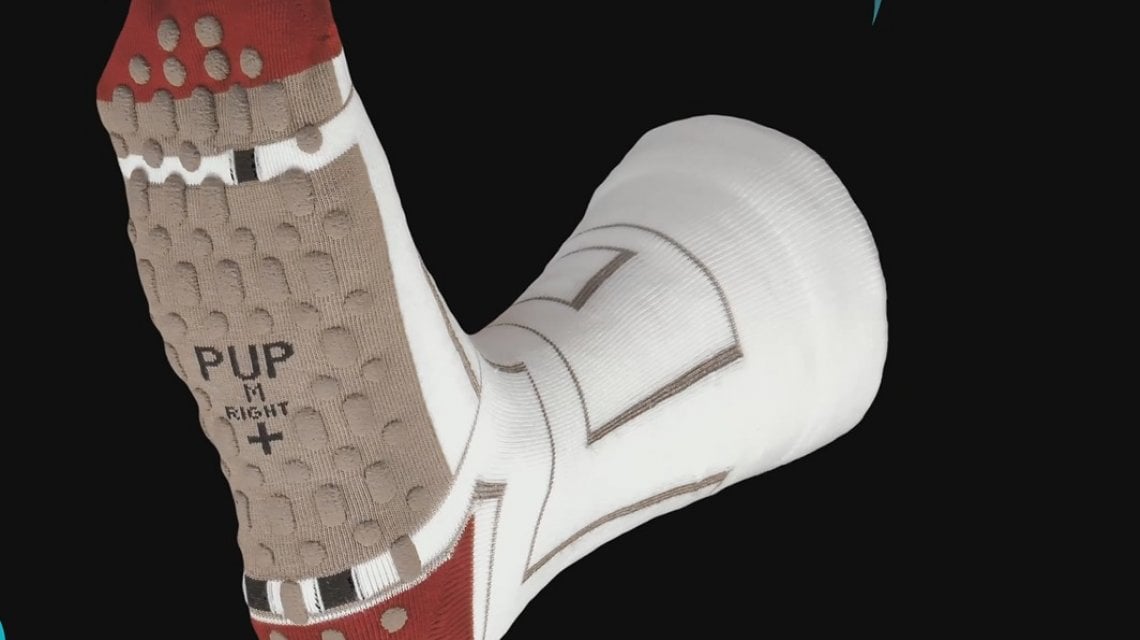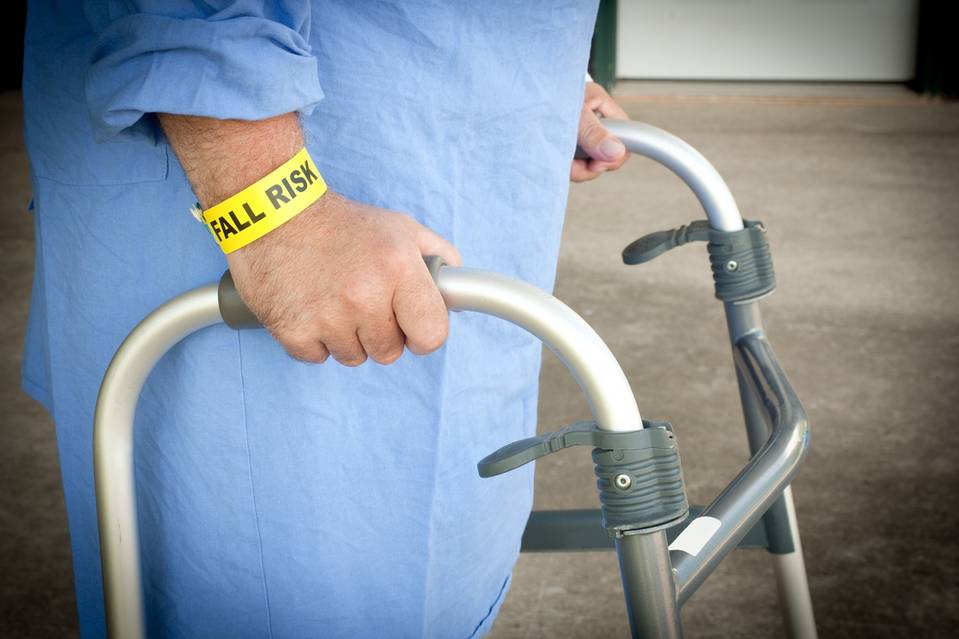 Each year, somewhere between 700,000 and 1,000,000 people in the United States fall in hospitals.
Each year, somewhere between 700,000 and 1,000,000 people in the United States fall in hospitals.
Falls can have a major impact on a patient's health which usually results in high costs and extra days in the hospital.
The average medical cost for each patient fall is $10,220, or $10 billion annually.
Palarum’s PUP (Patient is UP) “smart” socks could help decrease patient falls.
These smart socks are wired with sensors that sends an automatic alert to the three closest Nurses, via smart badges, when a patient tries to get up from a hospital bed and puts pressure on the socks.
A group of Nurses at Ohio State University Wexner Medical Center (OSUWMC) conducted a 13-month study with 569 people who were at high risk for falling.
Results from the study show there were 4999 Smart Socks alarms, but none of the patients fell. They observed a lower fall rate, of 0 per 1000 patient-days, for patients wearing Smart Socks than the historical fall rate of 4 per 1000 patient-days. The median Nurse response time was 24 seconds.
"While further study is needed, I do believe there is an opportunity for these socks to be used in inpatient hospital settings, Nursing homes and rehab facilities," said Tammy Moore, PhD, RN, senior study author and Associate Chief Nurse of Ohio State’s Neurological Institute.
“Due to the rapidly aging population, the number of patients at higher risk of falling in hospitals is expected to increase substantially. About 30% of in-hospital falls are thought to be preventable, so it’s imperative to determine better ways to keep our patients safe from falling while hospitalized,” said study co-author Tina Bodine, a Nurse Navigator at Ohio State’s Neurological Institute.
According to Scrubsmag.com, the sensors on the socks last about five to seven days before they need to be charged. Once the patient has been discharged from the hospital, the sensors are removed, cleaned and charged. The socks are laundered with the rest of the hospital’s linens.
Patrick Baker is the founder and CEO of Palarum. He is a retired Lieutenant Colonel who spent 25 years in the U.S. Air Force, has worked in hospitals for more than 30 years, most recently as Vice President of Patient Care Services and Chief Nursing Officer with the University of Cincinnati Health System.
Baker said "Everybody already gets a sock when you go to a hospital. Why not have it be a smart sock that can help keep our patients safer?"
The U.S. Department of Veteran Affairs (VA) and Palarum previously came together to evaluate Palarum's innovative e-wearable technology.
"As a healthcare professional and retired Lt. Col USAF, I am especially proud to be partnering with the VA Palo Alto Health Care System to demonstrate the benefits of the PUP sock technology and its ability to reduce patient falls thereby increasing the safety of our hospitalized Veterans," said Baker.


 As a Nurse, you have long been committed to reducing and preventing patient falls. In fact, call lights, checklists and risk assessments are just a few types of fall-related tools that you've become accustomed to. While these strategies have improved patient safety, it’s time to start thinking differently about how we approach falls.
As a Nurse, you have long been committed to reducing and preventing patient falls. In fact, call lights, checklists and risk assessments are just a few types of fall-related tools that you've become accustomed to. While these strategies have improved patient safety, it’s time to start thinking differently about how we approach falls. 